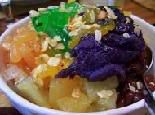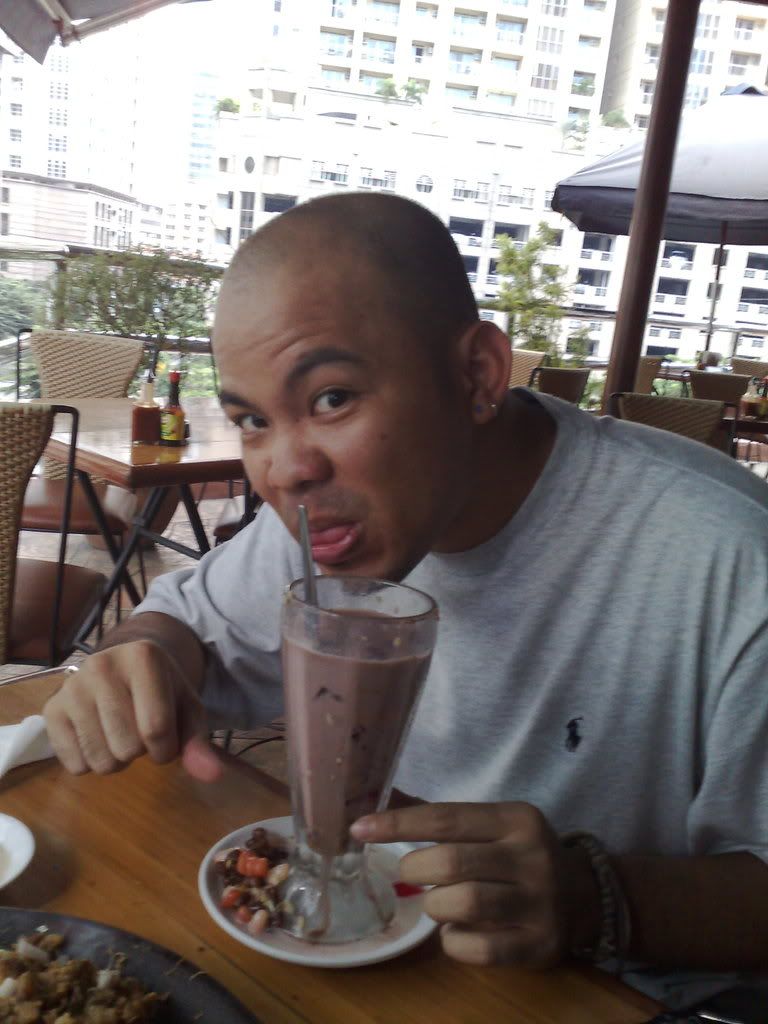Idiot's Guide to the Mountains (Part 1)
Got this very comprehensive mountaineering guide from a climbing friend in Accenture. I specifically picked some of the most important topics that will be relevant for my planned Mount Pulag trek. I believe this is documented as part of the UP Basic Mountaineering Course. Kudos, guys.
Here's the first part...
Part 1: Climb Preparation
In preparing for a climb, several factors have to be taken into consideration by the prospective climber. No backpacker - beginner or expert - can ignore physical fitness in preparing for a climb. A certain level of fitness is required for a pleasant and safe climb. The lack of preparation has made a lot of potentially great climbs end in total disaster.
Physical Fitness
To help you in preparing for a climb, we have listed down some guidelines:
* All participants of the climb must be physically fit. The best type of fitness program involves continuous endurance training through aerobic sports such as running, swimming, cycling and walking.
* Any participant in a climb who gets sick before the climb should forego his participation. A sick climber becomes a liability to the group.
The Objectives of the Climb
Minor Climbs - these are mountains that could be easily trekked within a four or six hour peroid. Basically the trek is simple, light and easy. Because of this, they are also called fun climbs or overnight climbs. These climbs are most favored by urbanites for their recreational purposes.
Making Courtesy Calls
Before heading off into the backcountry, it’s important to make your intentions known to the nearest Barangay or local government official. This way the town folk will not be alarmed by the presence of strangers in their area. Remember that diplomacy can go a long way. You will also be oriented by the locals about the general security of the area and general condition of the route that you will be taking. Find out if there’s any park fee that needs to be addresses before going up the area.
Route Planning
Route planning basicaly tackles all the aspects involved in bringing the team safely and efficiently to and from the backcountry. The route plan has two areas of concern.
1. Trip to the jump-off point: Is the process of getting the team and their gear from the city to the area at the foot of the mountain where the actual trekking begins.
2. Climb Proper: It is how will the team move about thru the backcountry to fulfill their objectives and back down again, safely and efficiently. While making the route plan you will also be able to develop and identify the following concerns of the planning and preparation phase.
These are:
* The itinerary.
* Transportation to be used to and from the expedition.
* Possible lodging.
* The budget of the whole trip.
* The amount of food to prepare and bring.
* The type of equipment that must be brought along.
The Itinerary of the Climb
The itinerary is basically a detailed breakdown plan of the journey to be undertaken. It should contain all the vital information and contact numbers of every person involved in the team and local contacts. The value of having an itinerary is realized in keeping up with schedules to avoid unnecessary discomforts such as being forced to do late treks or to set up camp in the dark.
The itinerary is usually formulated based on the study of the map which provides an approximation of the distances to travel. The amount of gear and provisions required is determined by the established itinerary.
Trail Food
Trail meals are helpful in eliminating hunger and exhaustion during trekking. It can even act as your main meal if you fail to eat during meal time due to delayed itineraries. Trail food should meet 3 requirements:
* It should not induce thirst, since it would induce the climber to consume more water.
* Nutritious and must satisfy your body’s energy requirements. Sweets in general, meet the criteria but may require some catabolic conversions before your body can use it as a fuel.
* Easy to prepare and should require little or no cooking at all. Time and fuel constraints must be considered.
Samples of trail food: Crackers, nuts, candies, chocolates, fresh or dried fruits, corn flakes, pre-packed gelatins and the eternal G.O.R.P. (Good Old Raisins and Peanuts).





2 Comments:
Thanks for sharing. :) We're supposed to go climbing at Mt. Daguldol last December, buti na lang di natuloy although I was dying to go. You know why?
I was unprepared pala. Reading these guides, I realized kung natuloy kami, baka kung napano pa ko. So again, thank you.
By the time me natuloy na climbing. I'd have a little knowledge na.
yeps yeps. knowledge about the mountain lalo na helps a LOT! bago umakyat. hehe. mahirap na.
Post a Comment
<< Home